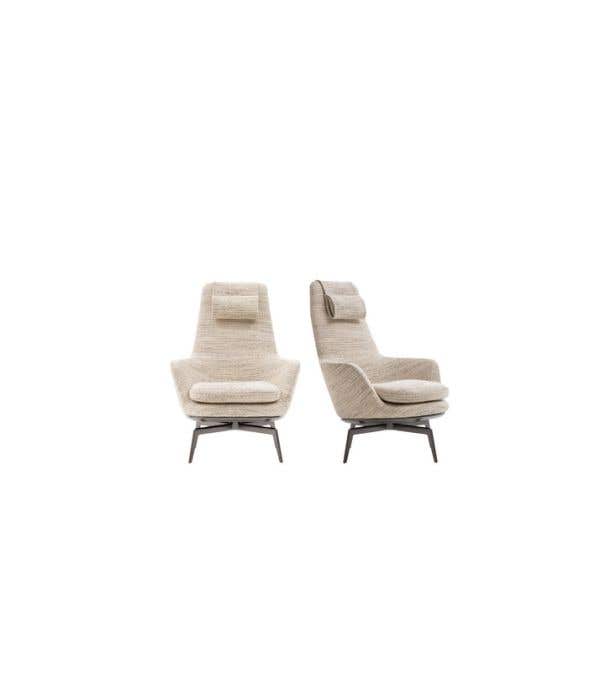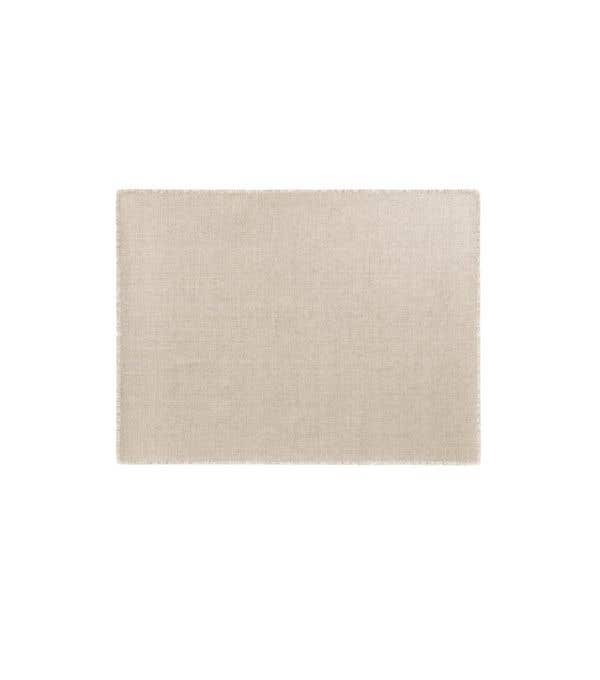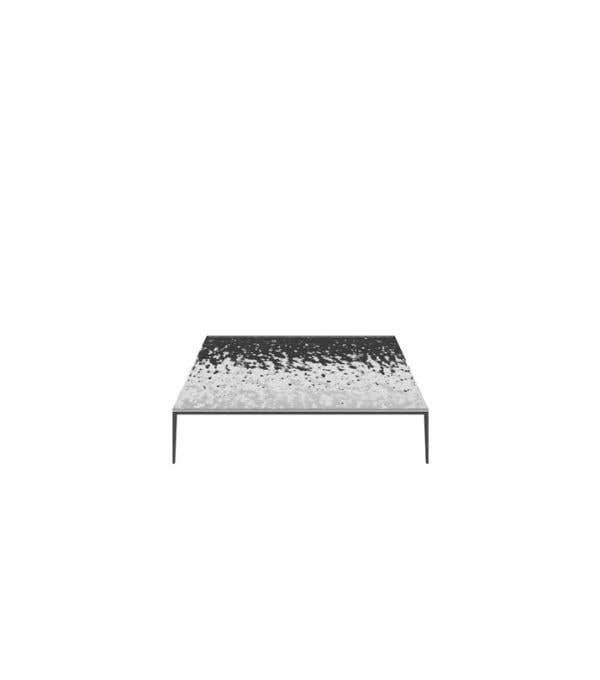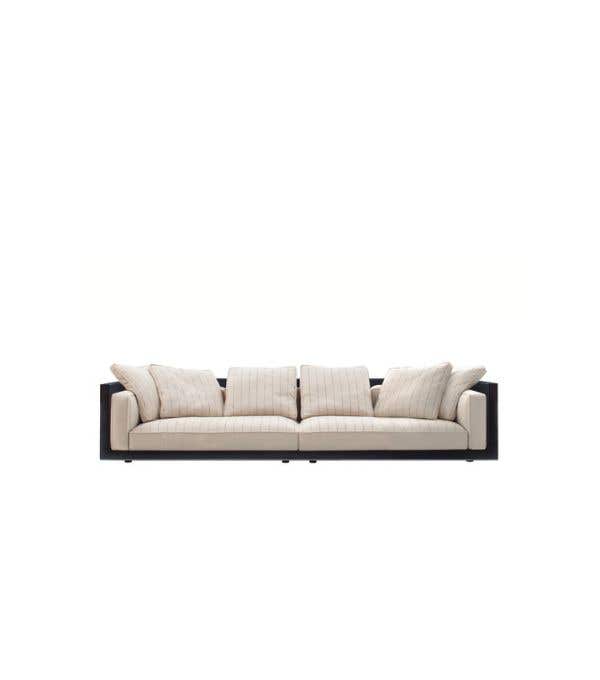

MAXALTO 50TH ANNIVERSARY
1975 – 2025
When it was founded, Maxalto was given a name that was both grandiose and rooted in its creative process, because it is taken from the Venetian dialect ‘massa alto’, meaning ‘the highest’. With this, the company immediately announced its identity: high-end excellence, using a timeless, international language, but also an authentic local dialect that is innately artisanal, accustomed to saying very little whilst doing a lot, in a less verbal form of communication that is instead left to the movements of expert hands.
In 1975, the Maxalto adventure was born as a result of B&B Italia’s founder Piero Ambrogio Busnelli’s desire to establish a company capable of protecting, championing and keeping alive the traditional artisanal techniques which, for so many years, have passed down human stories and crafted objects of great beauty. As a result, a high-tech, cutting-edge company called B&B Italia - offering foam-padded upholstery that was revolutionising the world of furnishings - decided to join forces with an age-old yet very much present dimension, firmly believing in its future longevity. The Busnelli family dreamt up - and created - timeless pieces, ushering in a journey with Afra and Tobia Scarpa, who designed models brimming with dialogues with the craftsmen behind them. It almost seemed as though, if you put your ear close to the furniture you could still hear the sounds of their work tools and the few crucial utterances of the craftsmen, whispered to those pushing the vision beyond the simple act of production itself.
“I am happy”, wrote Afra Bianchin Scarpa in those early years, “that at Maxalto, perhaps unconsciously, there have been attempts to somehow re-establish a connection with the experience of the cabinetmaker, in using solid wood, carved wood - to once again offer up the richness of briar root, which is the only wood suited for use as a veneer, and to use that shiny transparent varnish so redolent of the old French polishing technique (I would so very much love to be able to give the Maxalto customer a little piece of wood that has been authentically French polished, so that they can see and judge and difference for themselves). As well as saddle-stitched leather and the feather cushions of a bergère, the polyester lacquers reminiscent of the ‘chinoiserie’ in vogue in our grandmothers’ times... All so that man can feel he is a part of history”.
Even rereading them today, these words are still extremely accurate and pertinent. They speak of techniques and materials, vision and tactility. And of furniture capable of making man feel that he is a part of history, by making high quality part of his everyday life. After this first significant collaboration with Afra and Tobia Scarpa, in 1993 Maxalto opened a new chapter, with Antonio Citterio becoming the sole author.


When Antonio Citterio joined Maxalto, his emphasis was on the DNA of a world of furniture designed for true connoisseurs - furniture to be savoured slowly, deliberately, like a fine bottle of aged brandy. The architect declared that he wanted to conduct research on the bourgeois room and the tastes of the early 1900, initially finding privileged references in the typologies and language of French design between the two wars - such as the imagery of designers like Jean Michel Frank, who softened the sometimes constrictive geometries of Modernism - and, over the years, always new expressions that effectively interpret contemporary aesthetic trends.


He said that “each piece tells of its function, celebrating a solid and reassuring ritual”. He spoke of serene proportions and tactile values. His proposal brought to mind a famous novel by Georges Perec, Les Choses, in which the protagonists Sylvie and Jerome dream of belonging to the bourgeoisie, insofar as it would mean landing in a safe, protected harbour. The French writer describes their dream of the ‘good living room’ as a theatrical scene of a day-to-day life that offers peace and stability: “A large sofa made of worn black leather would be flanked by two light cherrywood bookcases, stuffed with books stacked up in jumbled heaps”... going on to specify all manner of minute details to do with Havana velvets, knick-knacks and souvenirs of travels past and lives lived, more precious for the memories they hold than for their economic value.


Going through the various collections, the domestic landscape sketched out by Citterio over his thirtysomething years of collaboration is powerful in that it is not only timeless, but also ‘without adjectives’, as Gio Ponti would have loved to say.


A Maxalto chair is what it is without having to resort to any definitions of style. If we were to describe it, it would be more relevant to talk about the qualities of its material, the expertly crafted joints that connect its parts, the sobriety of the lines designed not for one season, but for every season. Citterio helpfully explained that
“at the outset of a design process aimed at creating not only articles but a whole idea of environment, the end goal is not always clear. Bit by bit, initial blurs must be brought into focus; forms, structures and materials patiently worked out.


Thus, it was that my commitment with Maxalto began, halfway through the 1990s, with a precise vision: an imaginary, French-style bourgeois theatrical scene. With this in mind, my first products were created, wedding the aesthetic and the functional”.
Antonio Citterio


The pages of the company’s catalogues are defined by the architect as those of a biography, in which he has inserted a great deal of his own way of influencing the history of design: never brashly emblazoning an object with his own signature, and instead always discreetly taking a step back from the product itself. And, in a world that make so much noise - too much, in fact - graceful restraint stands out like nothing else.


Today, the pleasure derived from these complete environments, imbued with serenity expressed in the materials, lines and colours, is enriched by opportunity to work with the end customer to design a portrait in the form of furniture.


Designing a piece together, with the guidance of experts, becomes an expression of true luxury - the luxury of time and care devoted to a project, with a rich dialogue of attentive listening and shared expertise. Because for fifty years, Maxalto furnishings have spoken through the hands of the people who design them, produce them, and will touch them adoringly throughout the lives of their family and perhaps beyond. We like to think that that little piece of wood with an authentic artisanal finish, just as Afra Scarpa dreamed, is now in the hands of people who can appreciate the unparalleled value of unique craftsmanship and objects that can speak volumes without saying a word.






